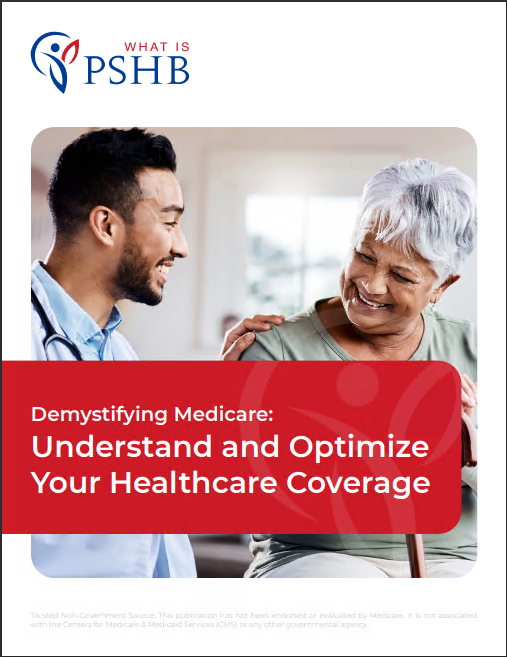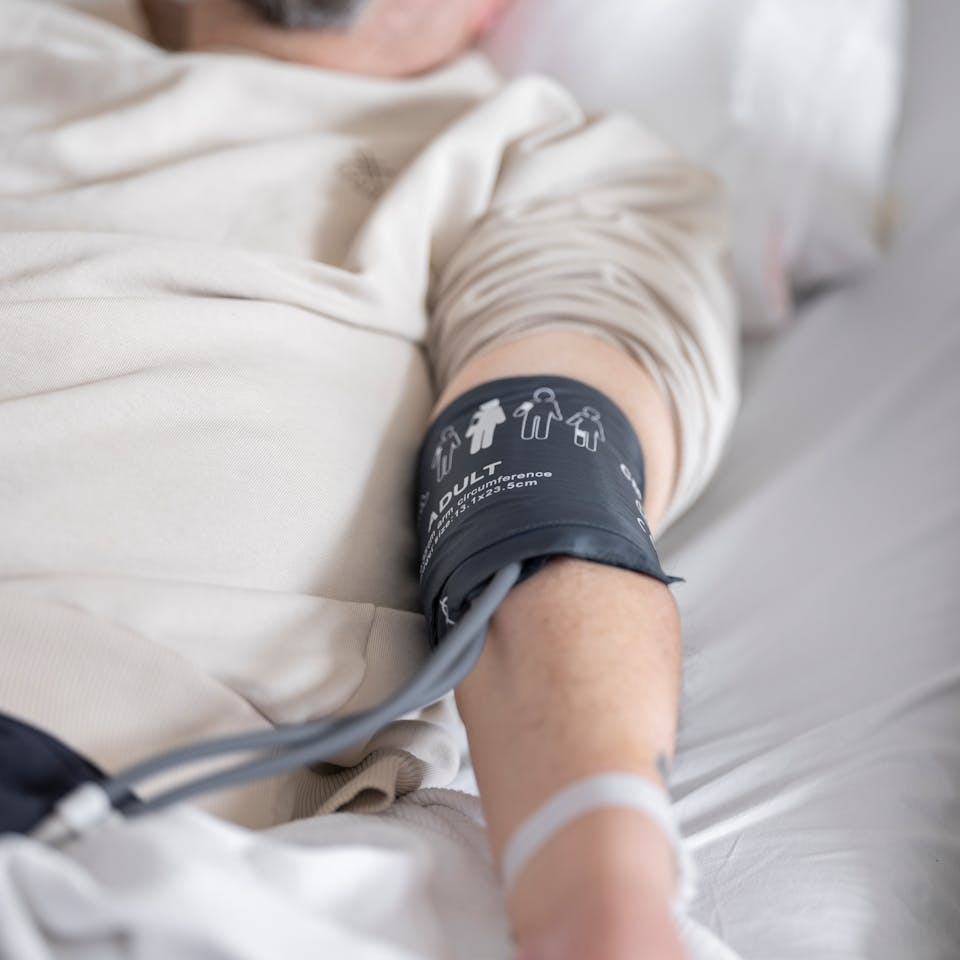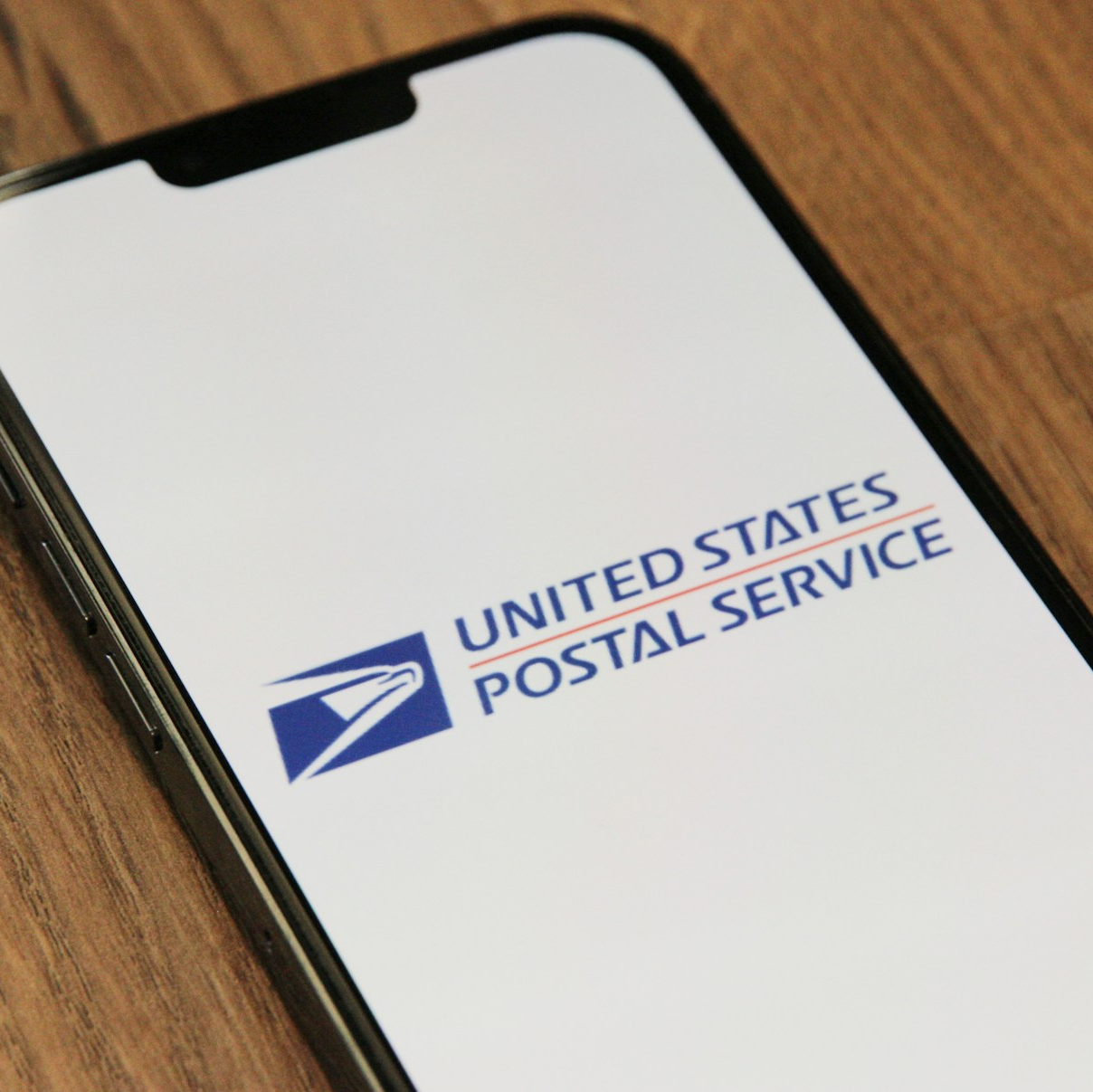Key Takeaways
- The Postal Service Health Benefits (PSHB) Program will centralize healthcare options for USPS employees and retirees, offering a more streamlined system.
- The PSHB is expected to deliver improvements in coverage and ease of access, tailored specifically to the needs of postal workers.
How the Postal Service Health Benefits Program Will Transform Healthcare for USPS Employees
The U.S. Postal Service (USPS) has long provided healthcare benefits to its employees and retirees through the Federal Employees Health Benefits (FEHB) program. However, with the introduction of the new Postal Service Health Benefits (PSHB) program, significant changes are on the horizon. Designed to address the unique needs of USPS employees and retirees, the PSHB will reshape how healthcare is accessed and managed by postal workers. This transition marks an important milestone in the USPS workforce’s journey toward enhanced and simplified healthcare options.
Why is the PSHB Program Being Introduced?
The Postal Service Health Benefits Program is part of the Postal Service Reform Act, a legislative effort aimed at helping the USPS stabilize its finances while ensuring that employees and retirees continue to receive quality healthcare. With rising healthcare costs and changing healthcare needs, the PSHB provides an alternative to the traditional FEHB plan, better suited for postal employees. The program creates a distinct healthcare plan exclusive to USPS workers, aligning benefits more closely with the specific demands of their jobs.
What Does the PSHB Mean for USPS Employees and Retirees?
The PSHB will provide healthcare coverage specifically designed for postal employees and retirees. This transition will ensure that USPS workers’ healthcare plans are tailored to their unique circumstances, such as job-related stressors and occupational health risks. Here’s how the program will impact USPS employees and retirees:
1. Tailored Benefits for Postal Employees
One of the most significant advantages of the PSHB program is its customized nature. Postal workers often face distinct health challenges, including physical demands, exposure to environmental hazards, and job-related stress. The PSHB is expected to reflect these factors, providing coverage that is more directly aligned with postal employees’ health needs. From mental health services to occupational healthcare, the PSHB can offer a more relevant array of services compared to a generic healthcare plan.
2. Enhanced Coordination with Medicare for Retirees
For retirees, one of the most significant changes brought by the PSHB program is its stronger integration with Medicare. Under the new system, postal retirees eligible for Medicare will be required to enroll in Medicare Part B. This shift aims to optimize the coordination between Medicare and the PSHB, helping reduce out-of-pocket costs for retirees while ensuring comprehensive coverage. This change will streamline the experience for USPS retirees, making it easier to navigate the complexities of healthcare in retirement.
How Will Enrollment Change?
The introduction of the PSHB program will bring about some notable changes in how USPS employees and retirees enroll in health plans. Existing FEHB participants will be automatically transferred to a PSHB plan unless they choose to opt out. USPS workers will also have the opportunity to review new plan options during an open enrollment period, providing time to consider the benefits that best meet their individual and family needs.
1. Automatic Transition for Active Employees
For active USPS employees currently enrolled in the FEHB program, the shift to PSHB will largely be automatic. Most workers won’t need to take any action, as they’ll be seamlessly moved into an equivalent plan under the PSHB system. However, during the open enrollment period, employees will have the option to explore different PSHB plans to ensure that they choose one that aligns with their health needs and budget.
2. Mandatory Medicare Part B Enrollment for Retirees
A key component of the PSHB program is the mandatory enrollment in Medicare Part B for eligible retirees. This requirement is intended to optimize healthcare coordination for USPS retirees and reduce overall costs by leveraging Medicare alongside PSHB coverage. Retirees who are currently enrolled in Medicare Part A but not Part B will need to make this change, which may involve additional premiums but ultimately results in a more comprehensive coverage plan.
How Will the PSHB Improve Healthcare Access?
1. Simplified Healthcare Management
With the introduction of the PSHB, USPS employees and retirees can expect a more streamlined approach to managing their healthcare benefits. The PSHB program aims to reduce administrative burdens by offering a consolidated healthcare framework specifically tailored to postal employees. This will make it easier for workers to understand their options, access healthcare providers, and manage their benefits.
2. Improved Access to In-Network Providers
The PSHB program is expected to offer enhanced access to a broader network of healthcare providers. USPS employees often work in varied locations, from urban centers to rural areas. The PSHB will likely improve the range of in-network providers available to USPS workers, ensuring that they can receive quality healthcare no matter where they are located.
Addressing Concerns About the PSHB Program
As with any major healthcare transition, USPS employees and retirees have expressed concerns about how the new PSHB program will affect their coverage and out-of-pocket expenses. While the program’s specifics are still being finalized, the USPS has provided reassurances that the PSHB will maintain the same high standards of coverage that employees and retirees have come to expect from the FEHB program.
1. Impact on Premiums and Out-of-Pocket Costs
While the PSHB is expected to offer comprehensive coverage, some concerns remain about how the program may affect premiums and out-of-pocket expenses. It’s important to note that while premiums may fluctuate, the integration with Medicare for retirees is designed to help offset costs. Additionally, the USPS is committed to ensuring that PSHB plans provide the same, if not better, coverage compared to existing FEHB options.
2. Continuity of Care for Retirees
Retirees currently receiving healthcare through the FEHB program may be concerned about maintaining continuity of care under the PSHB. The good news is that the USPS is working closely with healthcare providers to ensure that retirees experience minimal disruption to their care. By coordinating with Medicare, the PSHB aims to provide seamless healthcare access, minimizing the need for retirees to switch doctors or healthcare facilities.
What Should USPS Employees Do to Prepare?
As the transition to the PSHB program approaches, there are steps USPS employees and retirees can take to prepare for the changes. Understanding the upcoming enrollment process, reviewing new healthcare options, and preparing for Medicare enrollment (for retirees) are all critical steps to ensure a smooth transition.
1. Stay Informed
USPS employees should stay informed about the latest updates regarding the PSHB program. This can be done by regularly checking official USPS communications and staying engaged with union representatives who may provide additional guidance.
2. Review Plan Options Carefully
During the open enrollment period, employees and retirees should take the time to review their plan options carefully. Understanding the benefits, premiums, and provider networks will help ensure that they make the best possible decision for themselves and their families.
The Future of Healthcare for USPS Employees
The Postal Service Health Benefits Program represents a major shift in how USPS employees and retirees will access healthcare. By creating a more tailored and streamlined healthcare experience, the PSHB is designed to better meet the needs of postal workers while ensuring that retirees have continued access to quality healthcare. As the program rolls out, USPS employees will need to stay informed and proactive to maximize the benefits of this new healthcare system.










